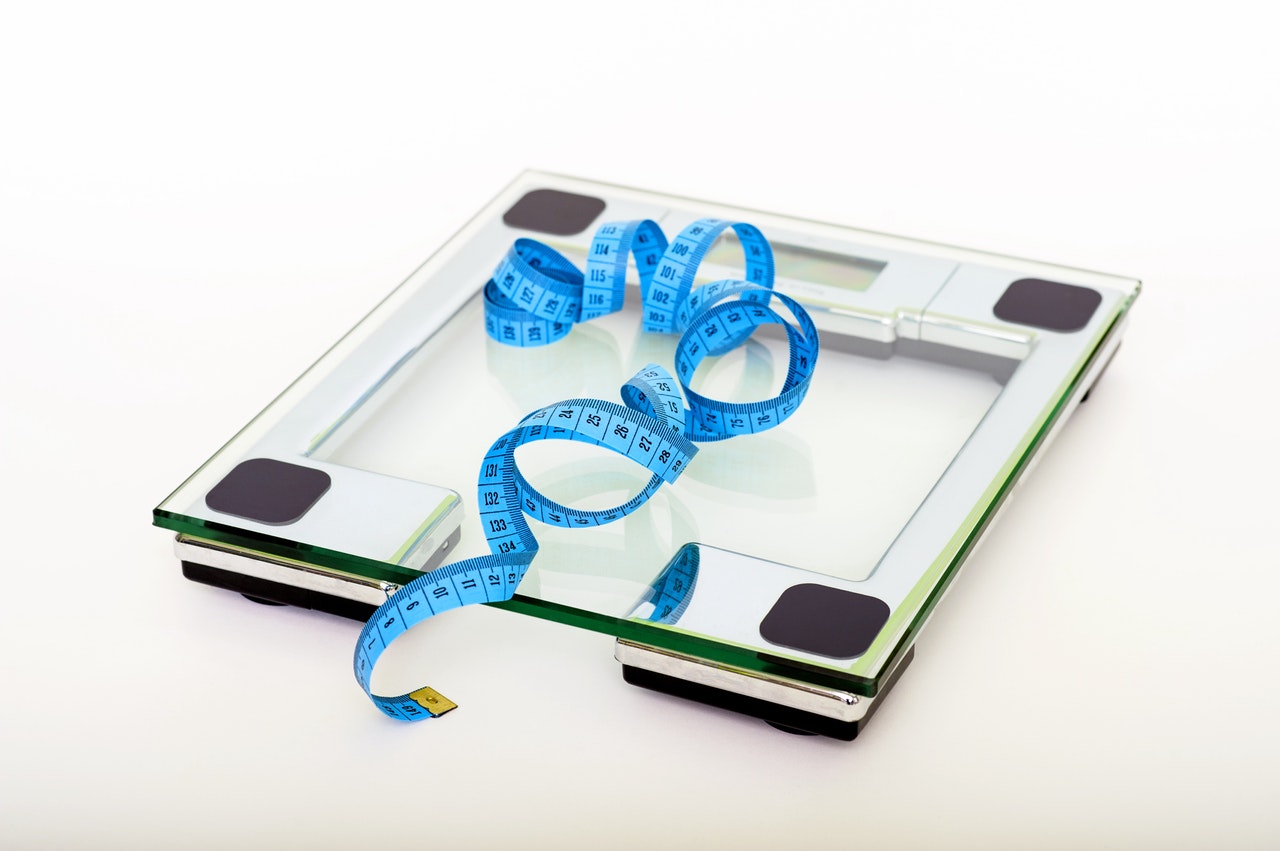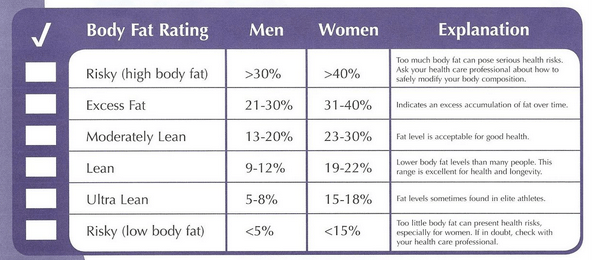
It is important that the person taking the body measurements can accurately measure from the same exact spot each time without deviation.
Knowing how to record body measurements is an important factor when performing a monthly progress assessment.
Checking the scale does not paint the full picture and should only be used in addition assessing your body measurements, body fat, static & dynamic posture and your athletic performance. When recorded properly, the baseline measurements can be compared to measurements taken during each follow-up.
A good rule of thumb is to limit body measurement recordings to once or twice a month. The body can go through a lot of changes within a month for some people. For others, it may be a lot slower. Ensuring you keep your intervals to 2 to 4 weeks at a time you will be able to get a realistic idea of how much progress you are making.
One benefit to taking your body measurements is being able to determine how many inches you are losing or gaining from a body part which can alter the workout program significantly. Knowing that you are losing on average 1 inch from your waist each month, you will be able to adjust the frequency, type, and intensity of your workouts accordingly.
Erroneous readings are one of the biggest reasons why progress checks can be confusing for so many individuals.
It is important that the person taking the measurements can accurately measure from the same exact spot each time without deviation. Measuring from various sites on the same body part will give you inaccurate measurements and only lead to confusion.
There are several types of measuring tape on the market such as the basic cloth or laminate rolls specifically for body measurements. Avoid using construction measuring tape which is more commonly seen to measure large objects.

Use this guide below to help you accurately measure each body part without erroneous readings each month:
Neck
Men – Measure at the Adam’s apple
Women – Measure approximately at mid-neck
Chest
Measure the chest one inch below the armpits. Ensure the measuring tape goes under the arms to only measure the chest and not the shoulders.
Waist
Measure at the wing of the pelvis (iliac crest). Studies suggest that men should have a waist at or below 40” and women should have a waist at or below 35” to prevent heart disease and diabetes.
Hips
With feet together measure at the widest portion of the buttocks (Greater trochanter). The Waist-to-Hip Ratio is a formula that health professionals use to determine if an individual’s body proportions are within healthy ranges. To perform properly, simply divide the waist measurement from the hip measurement. For women, this ratio should be less than 0.85 and for men this ratio should be 0.9 or less. For both men and women a ratio above 1.0 can increase the likelihood of heart disease and other medical conditions.
Biceps
Measure at the widest circumference with arms straight at the sides of the body
Forearm
Measure at the widest circumference with the arm elevated and the palm facing upward
Thigh
Measure 10 in. above the kneecap. It is important to measure at the same site each time to avoid erroneous readings as the thighs can commonly be misread if not measured properly.
Calves
Measure at the widest circumference.
Additional Measurements & Assessments:

In addition to body measurements, progress can also be determined using a skin caliper test. This assesses your progress using a handheld clamping device. Performance assessments can also help an individual determine how they are progressing over a period of time.
Progress photos are also an important tool that can be used to determine visual progress each month. Simply take a photo or video of yourself, or your client, each month and compare each photo/video-based on body composition, muscle tonnage, and body proportions.
The goal is to assess yourself, or your client, by comparing current and baseline recordings and working towards improving your numbers each month.



